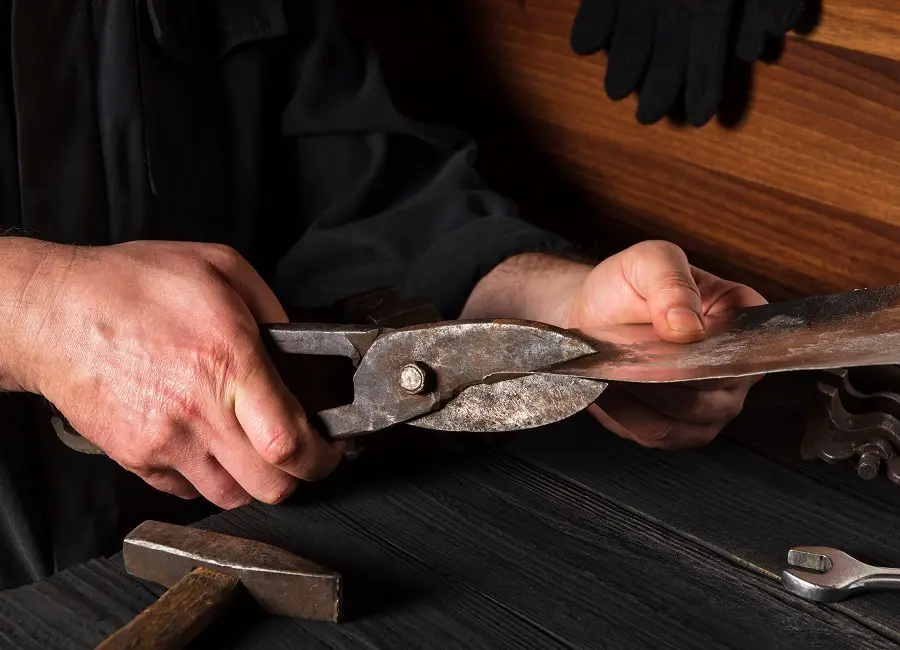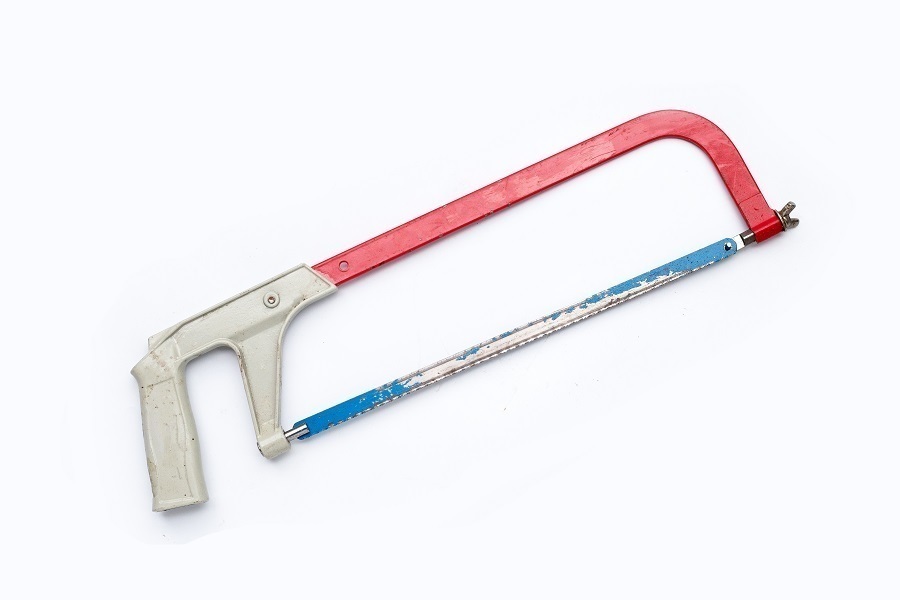Last updated on
Use one of these seven different tools to cut metal for your home projects. Read on!
Whether you work in manufacturing or have a small workshop that you use for personal projects, there are various types of metal cutting tools that can be very handy to own.
To determine which tools you need, you should look at the kinds of tasks you need to regularly perform and know which tools for cutting metal are best suited for different types of jobs.
Get started in your journey by taking a look at the following seven different tools you can use to cut metal.
What's Inside
Snips

If you want to manually cut through thin sheets of metal, you can use snips. They function just like scissors, in that you apply force to shear through a sheet.
The two main types of snips are thinner snips and compound action snips.
The latter is the most popular type because they’re more powerful and you can make three types of cuts: straight cuts, left, cuts, and right cuts.
The former, thinner snips, have shorter blades and are mainly used for cutting sheet metal like cold-rolled carbon tin.
A Hacksaw

Another hand tool you can use to cut sheet metal and other types of metal items, like round pipes and angle bars, is the good old-fashioned hacksaw.
Like any hand saw, you simply repeat a back-and-forth movement with the blade over the metal being cut.
However, while hacksaws are ideal for small jobs, like cutting pipes to size, using a hacksaw isn’t the most efficient or accurate way of cutting metal in general.
A Reciprocating Saw
Basically, a reciprocating saw is a kind of motorized hand saw.
It’s ideal for cutting a variety of metals of different thicknesses. And, as long as you choose the right kind of reciprocating saw with the right type of blade, cutting is quick and easy.
Furthermore, the blade of a reciprocating saw is very flexible, so it’s a great tool to use when you need to access small spaces.
Sheet Metal Shears
Shears can be used to cut metals like sheet metal and aluminum, but they can also be used to cut other materials like plastic and even wood.
When looking for sheet metal shears, you have the option of getting guillotine shears or swing beam shears.
Guillotine shears have a blade drive that moves in a straight up-and-down motion while swing beam shears use a cantilevered ram to increase the tonnage and shearing capacity.
A Metal Cutting Circular Saw

A metal cutting circular saw is a power tool that enables you to carry out cuts on a variety of steel materials, including sheets, tubing, and thick plates.
It has a low RPM motor to make cuts safer and is equipped with a special type of blade for optimal cutting efficiency.
And unlike a regular circular saw, a metal cutting circular saw has a blade shield that helpfully collects all the sparks and chips that are produced while cutting.
The only downside to a metal-cutting circular saw is that it can only cut straight lines, not curves.
A Metal Cutting Horizontal Bandsaw
Horizontal bandsaws are ideal for cutting steel and other similar metals.
They come with clamps to hold workpieces in place as the blade cuts through the metal material. And once the cut is made, the blade automatically stops without the need for intervention.
Metal-cutting horizontal bandsaws can cut through a variety of items, such as round tubing, square tubing, flat bars, and round bars.
For the strongest metal such as tungsten, diamond-tipped or carbide-tipped blades serve as the best option.
An Angle Grinder
An angle grinder can be used for removing excess material from a material, but because various attachments, cutting wheels, and discs can be attached to an angle grinder’s spindle, the tool is also widely used for cutting.
With an angle grinder, you can cut metal sheets, rebars, round bars, tubing, and much more.




